NEW
FRONTIERS
Bobbie van Leeuwen
Group 4
0989281 G.D. 2A
RESEARCH DOCUMENT
The praxinoscope was one of the first devices that was capable of creating fluent moving images. The praxinoscope has long list of predecessors and an even longer list of succesors. Predecessors include the thaumatrope, phenakistiskope and zoetrope. The praxinoscope improved on the zoetrope by replacing its narrow viewing slits with an inner circle of mirrors.
The Picture Praxinoscopeconsist of a strip with a sequence of drawings were located on the inner wall of the cylinder around the mirrors. To create movement, you turn the cylinder by hand and the drawings begin to come to life. Someone looking in the mirrors would see a rapid succession of images producing the illusion of motion.
Years after having invented the praxinoscope, Charles-Émile Reynaudmade several improvements to his invention, and in 1888 he named it “Théâtre Optique” (Optical Theatre). For the optical theatre the images of the praxinoscope were projected in public on a large screen and could be watched by a larger audience. With the Theatre Optique, different cartons could be placed in a flexible band with perforations that
managed to present up to 15 images per second. The images that were projected inside the praxinoscope had to be drawn on the film by hand. From 1892 Charles-Emile Reynaud used this system for his Pantomimes lumineuses: a show with hand-drawn animated stories for large audiences. It was very successful for several years, until it was replaced by the photographic film projector of the Lumière brothers. The Praxinoscope and Theatre optique ars clear predecessors of the film as we know it.
We researched mainly through reading articles, watching videos, documentaries, and visual research. We also tried to look for communities of early cinema fanatics or institutions that had an expertise in this topic. However, to our dissapointment we couldn't find any in this amount of time. If we would continue, doing this would be of great value to our process.
What suprised me the most was the influence this invention has on the world we know today. The world would be a completly different place. I like the idea that one man (or person in general) can change the world and society forever without knowing its impact.

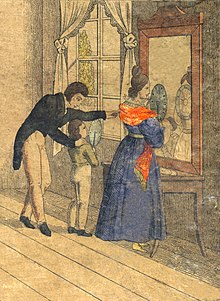

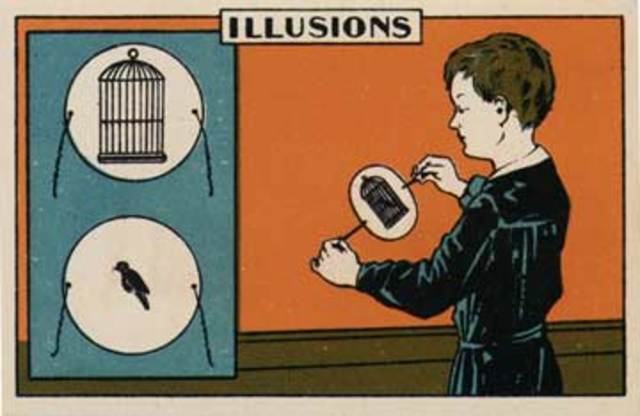
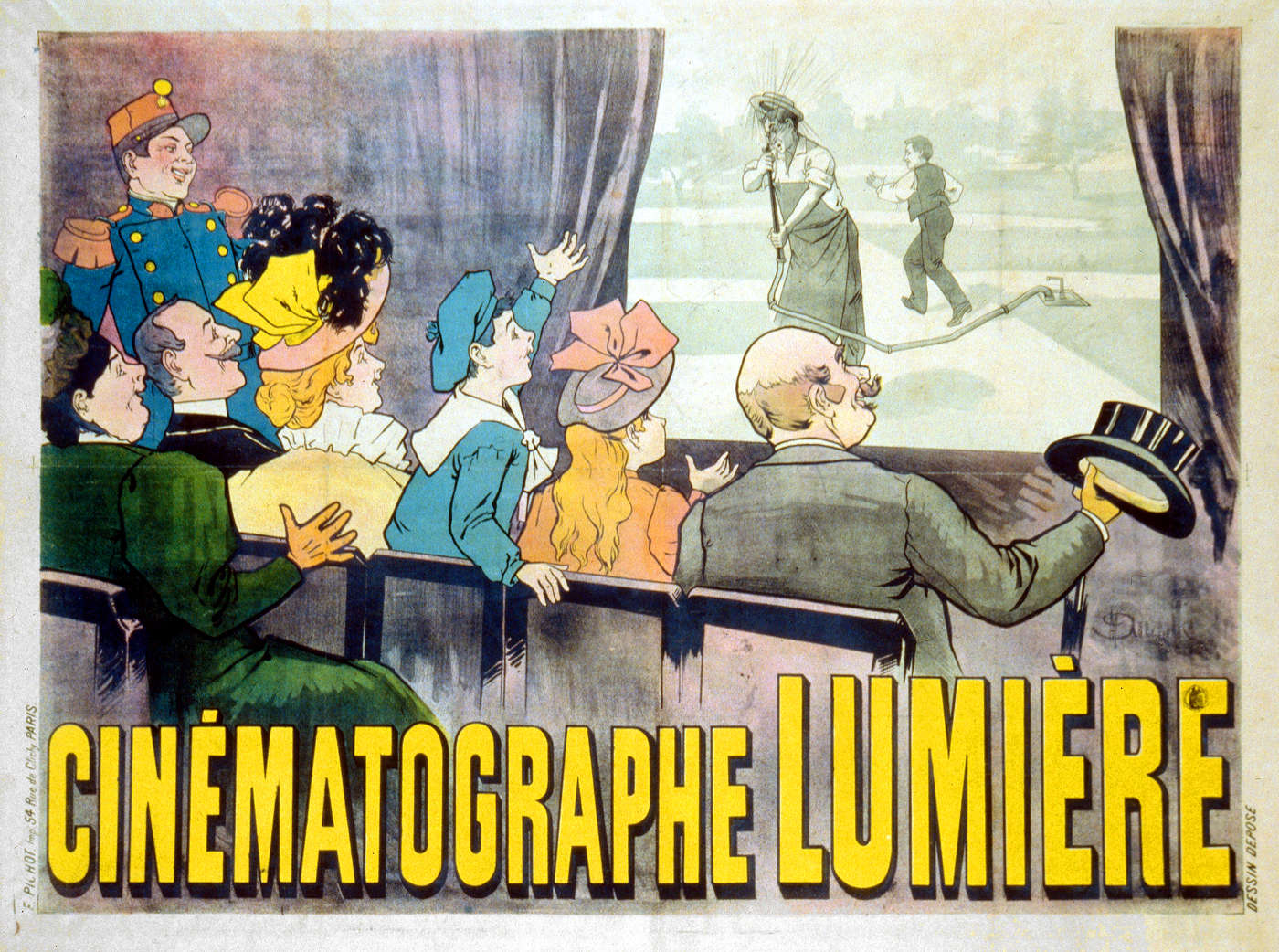
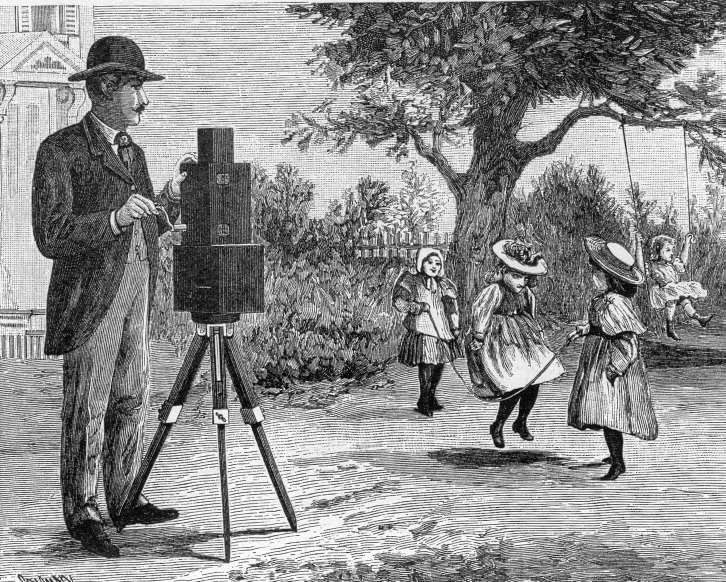
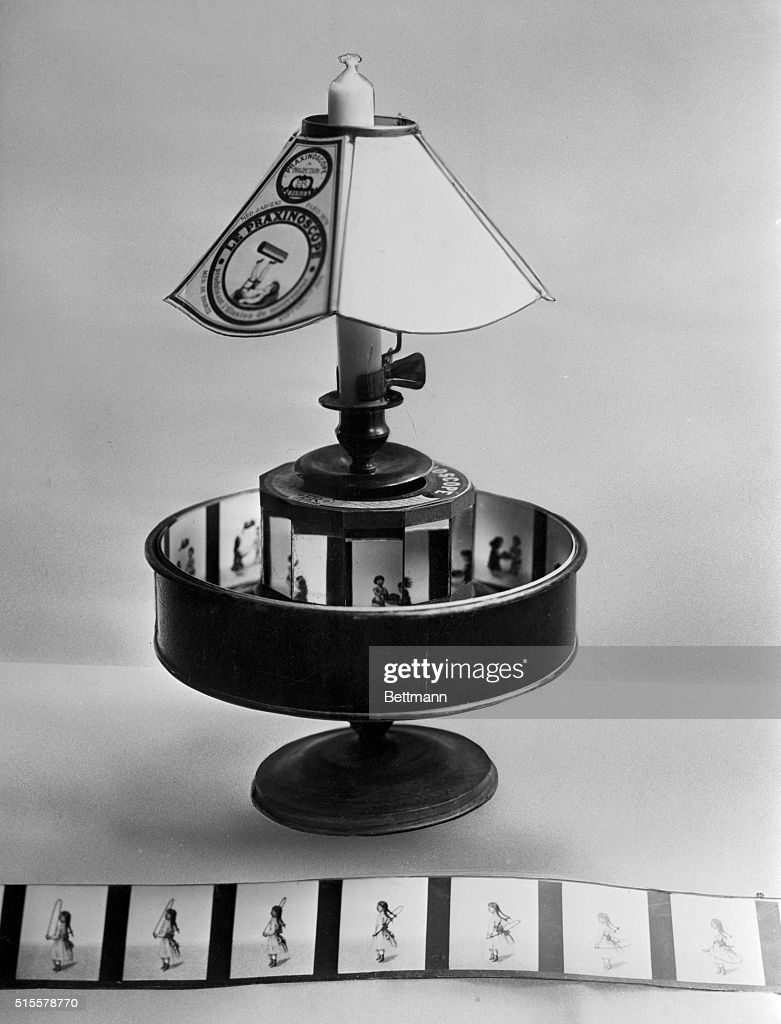
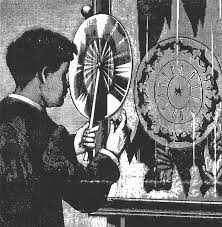
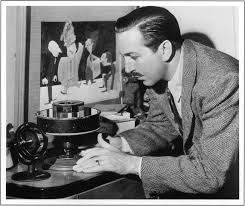

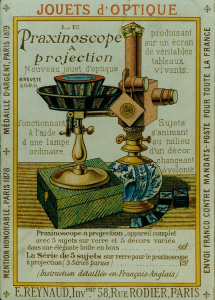


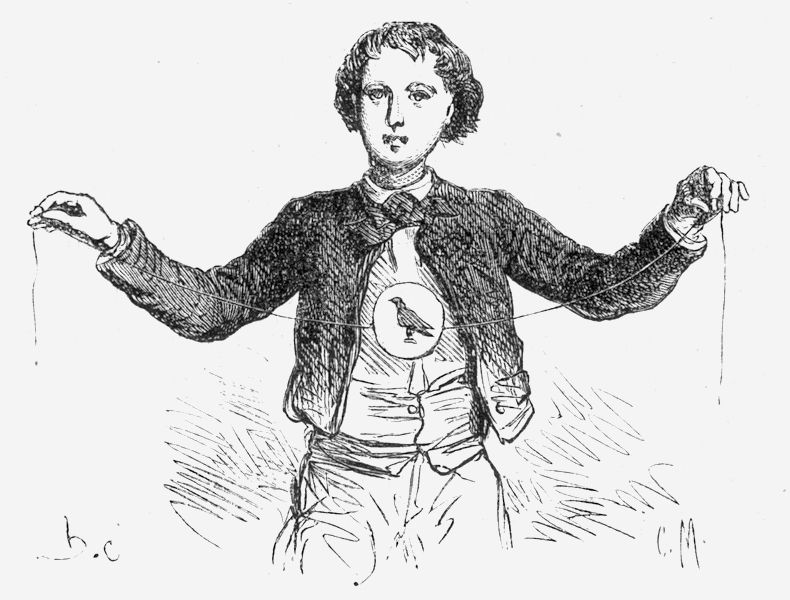
DEAD
MEDIA
NEW
TRAJECTORY
To identify the possible ways to fabricate a prototype out of your chosen media artefact, we deconstructed the different elements and put it in an overview. Out of that we came up with the first ideas.
Our first scenario was set in a hyper digitalized society, where everything is based on screens and produced through computer effects. By scaling the praxinoscope into an installation we could create analog animations. The installation would exist of turning frames reflected in a mirror, creating the illusion of movement like the praxinoscope. This experience could be an escape for people who feel overwhelmed by digital effects but still want to experience moving images.
Pictures of the signs and stuff
We didn’t preceed this idea since we wanted to focus more on the properties and of the praxinoscope rather than the literal device itself.
The praxinoscope was one of the first devices that was able to show visual movement. It is a pivotal step in the direction of the world as we know it. We questioned what is the future of entertainment? Nowadays we are
oversaturated with digital entertainment. We are constantly watching 5min crafts and tik toks, the shorter the better. Due to our heavy social media use, our attention span will shorten over time. In our future scenario people are addicted to entertainment and their attention span has shortened.
When thinking about the different elements and the properties of a praxinoscope, we started to focus on the limited duration of an animation and the constant looping.
In this scenario we saw a renewed relevance to the praxinoscope with its great communicative ability. We wanted to apply animations in everyday, still static, things like advertising, newspaper signage and so on… So what would the world look like if everything needed to be animated to even be noticeable? A world where everyone is so addicted to entertainment even the stop signs need to be animated.
However, we weren’t really satisfied with these results and we realised that we have to focus on the content and what we want to communicate.
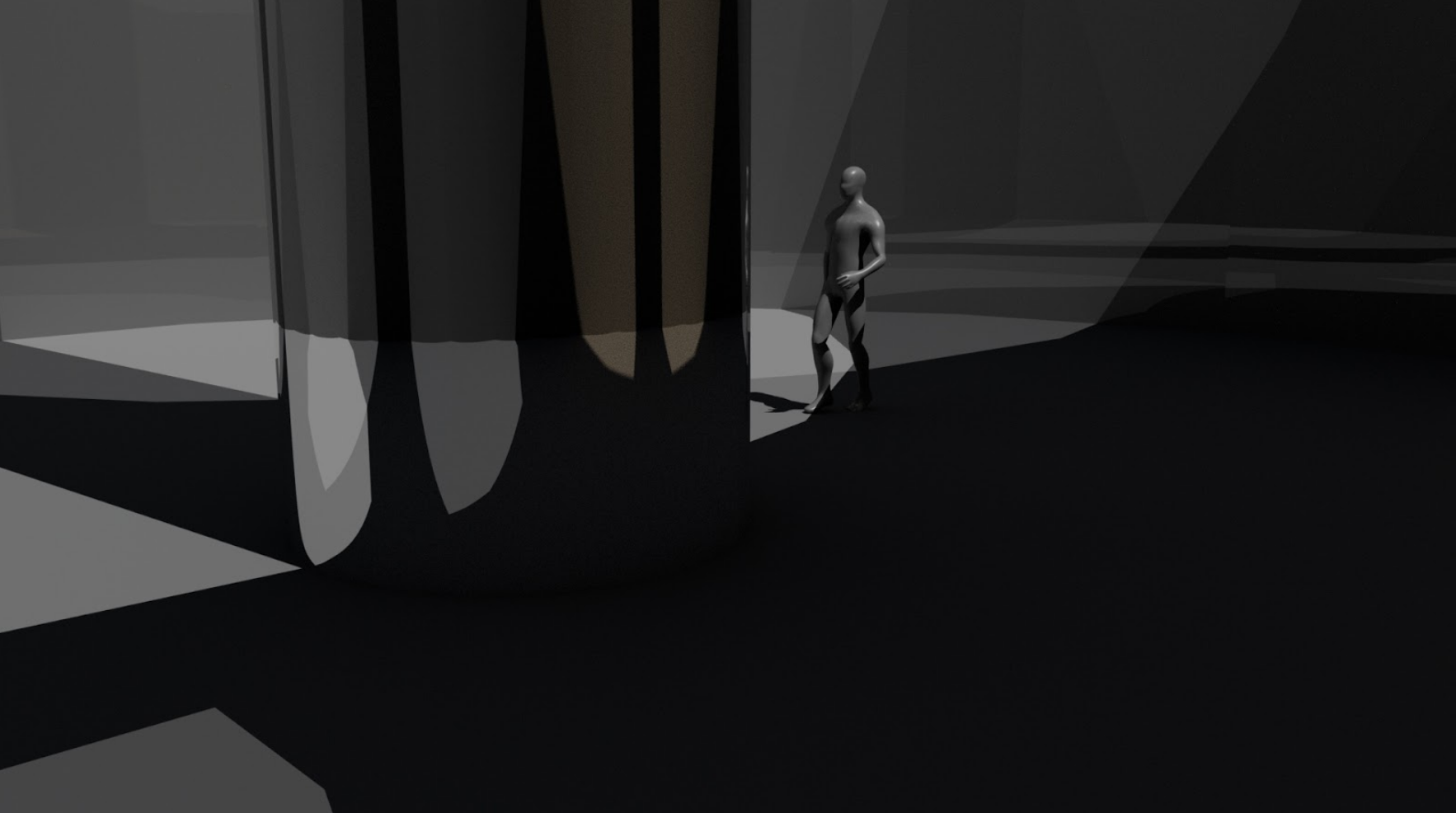
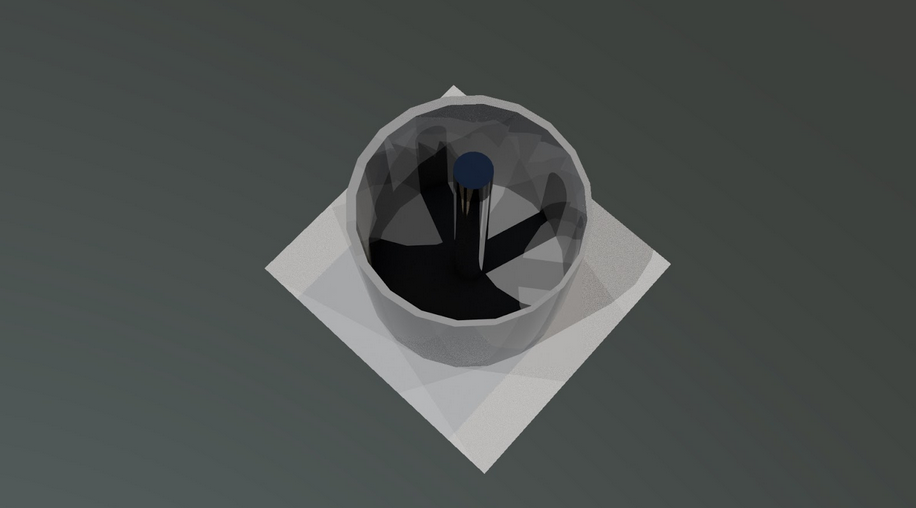
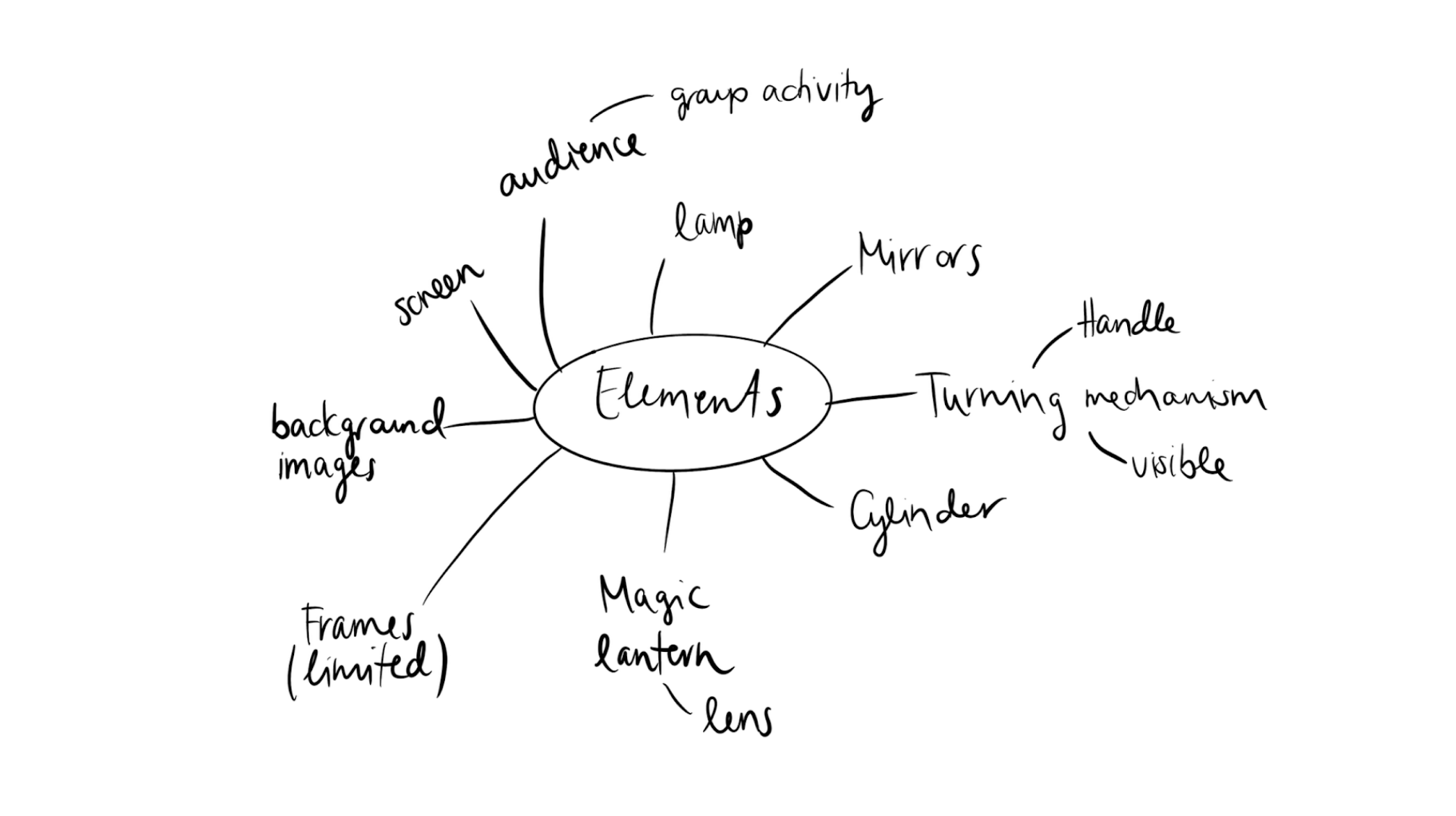
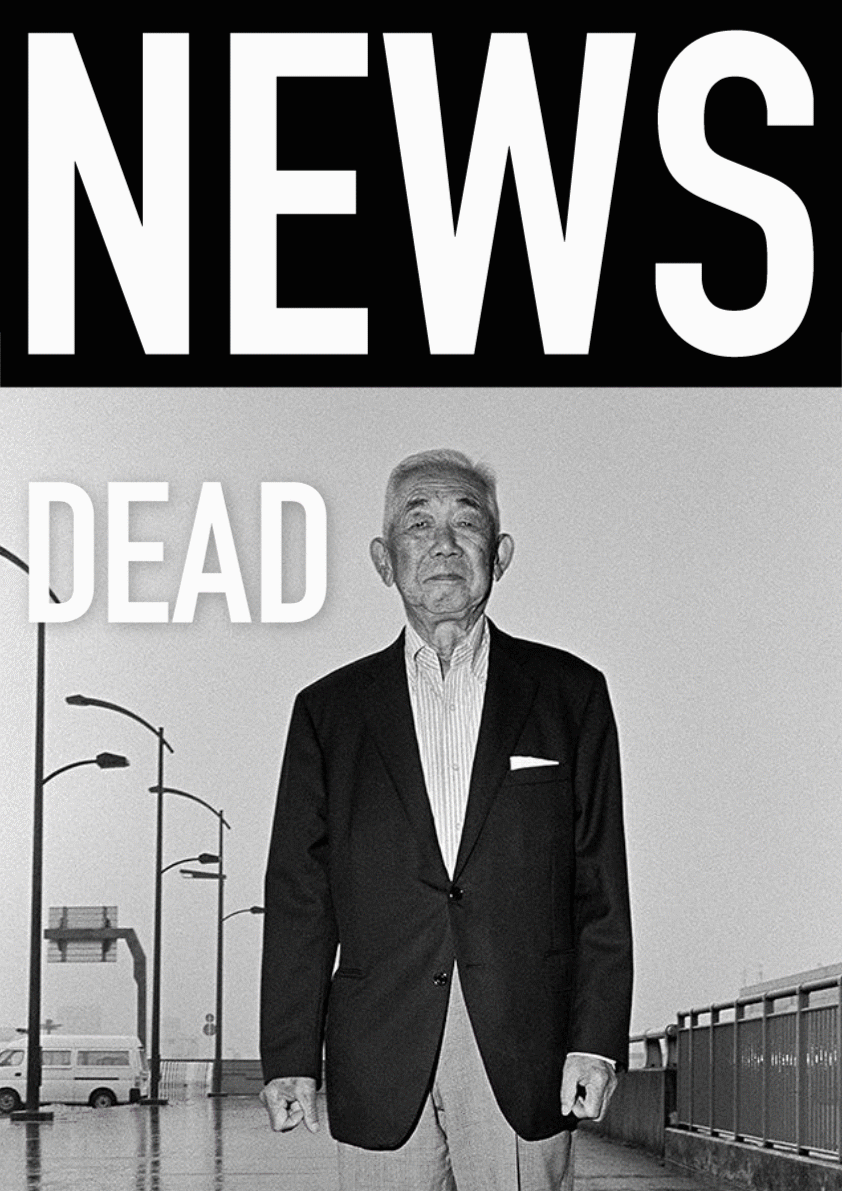



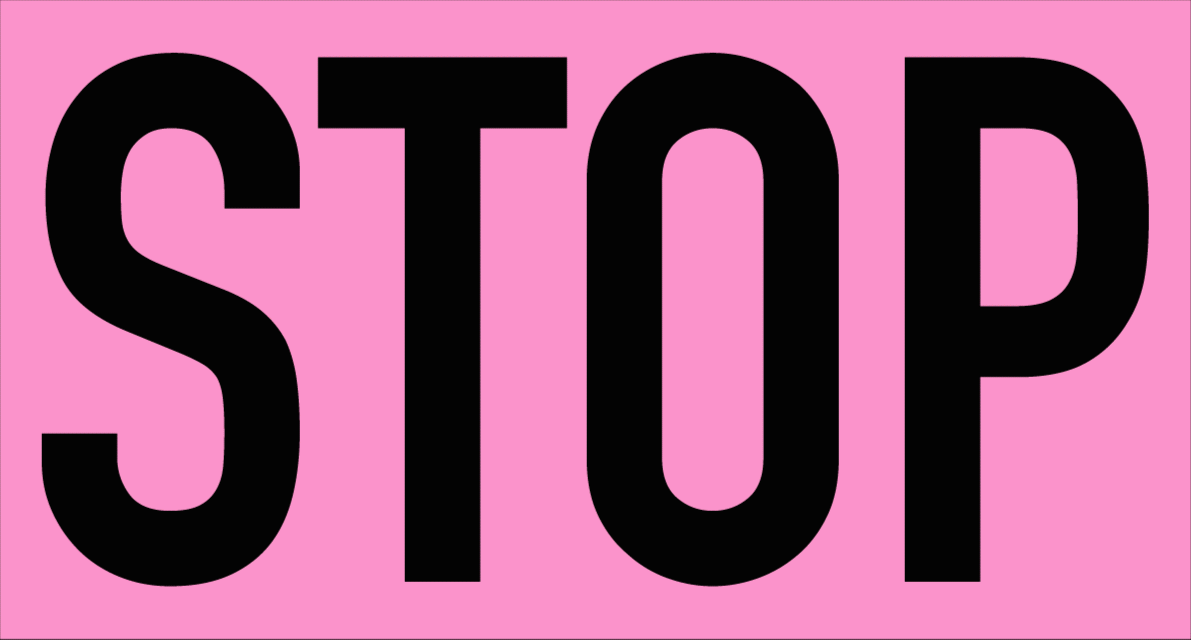
THE SCENARIO
WHAT?
HOW?
WHEN?
WHERE?
WHO?
WHY?
In the near future.
For now we will focus on Rotterdam (around school), but in the scenario it could be anywhere.
It should be accesible everyone, both as usage as users and viewers.
People want to be entertained and feel connected with their surrounding and neighbors.
In reality it would be holograms spread around like big stickers, for the prototype we will make a preview in AR.
Short personal stories spread around the city.
The world is completely digitalised and the people have lost their connection to their surroundings and to each other. Entertainment has become passive (f.e you don’t even have to press play anymore) and takes place alone or at home most of the time. We think people in this world would want real life entertainment that is personal and not fake.
With our prototype we want to implement some of the properties of the praxinoscope that we were talking about earlier. The purpose is to help people reconnecting to outdoor spaces and we want to motivate them to walk in the city. It can also be a group activity (like a scavenger hunt).
So what is the prototype? It’s a tool that people can use to share personal stories around the city. These stories are meant to be positive, little anecdotes that make people smile who read them. People can type their stories whenever they want and add it to a certain location that is connected to the story.
We've experimented a lot with the design and interaction of our prototype. Most important was the question: when
walking around the city, what do you want to see? What would interest us? Would we prefer imagery, text, animations, shapes, audio or a combination of these things?
When for example we only used images to tell a story, we felt that it became too much like social media and would add to the overload of digital content in society. Most importantly, images are not as relatable as text. With text you can interpret it in your own way and relate it to your own background. It makes you think of your own memories, whereas with images you might not relate to it as much. We decided to use short text and anecdotes which convey personal stories. These text would be transparant to enhance the merging with its surroundings.
However, we didn't want to place these texts around the city just as is, since it would be too crowded in the city if people add more and more stories. So, we decided to add pointers instead. Every story is indicated through a pointer on the street and only if you interact with it, the story will show in front of you. This creates an access ritual (like with the praxinoscope) and includes the viewer.
This pointer also adds an extra layer to the interactivity of the prototype. This was very important to us since we want to move away from passive entertainment and want to make it more active, an experience.
We tried different ways the pointers could look like. For example as icons that would relate to the story we show. We preferred to make the pointers more abstract to enhance the sense of discovery. Because you cannot know what the story is about it stimulates to explore them all.
So for the final prototype, we combined these elements of the praxinoscope (access ritual, shortness, interactivity and the sense of connectedness with your surroundings) in a preview of how it can look like.
In our future scenario people are used to passive entertainment and this makes them feel disconnected with their surroundings. Our project reanimates this idea of having to move in order to see something. This makes it an experience and motivates the viewer to explore their surroundings and connect with other people through their stories.
This project was a hard one, since the praxinoscope has been so pivotal and influential for the techonology we use now every day and the way we experience visual movement. Every aspect we could think of has been, in a certain extant, used in the development of these commonly used technologies like, the projector has become a beamer, which is used for projection mapping; frames in animation have become gifs and so on. Moving images in general are everywhere nowadays and have become such a normality, if not even a necessity. Therefore, it was a challange to think of a new way to use the praxinoscope. However, through a lot of experimentations, proposals and discussions we did try to renew the rituals and experiences surrounding a praxinoscope. You could argue that these (like collectively consuming entertainment, the speed of communication, limitations in duration of messagesa and the active requirment) can be found in more contemporary objects and tools, which proves my point. Before starting this project I was not aware of the importance and relevance of the praxinoscope, its predecessors and successors. Nevertheless, I had a great group and enjoyed the project.
Click here for
inspiration & references
____
____